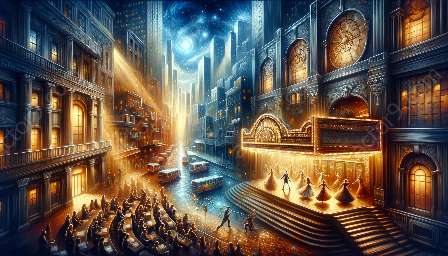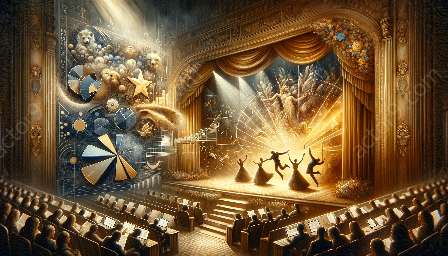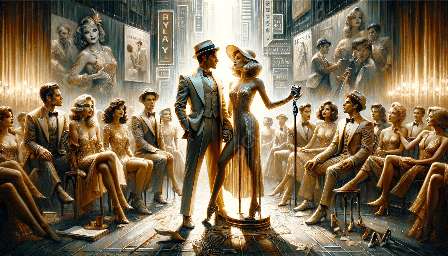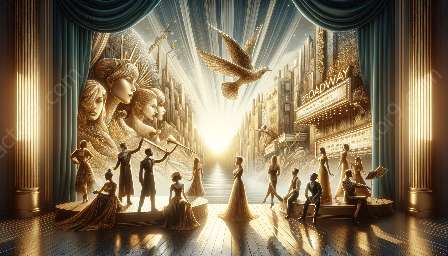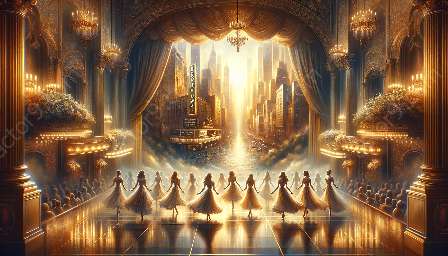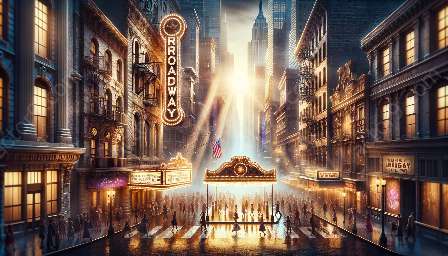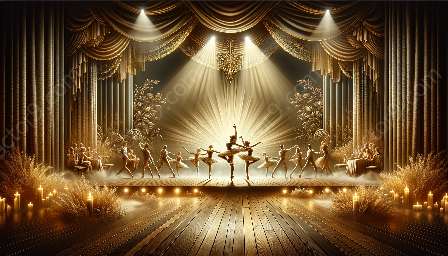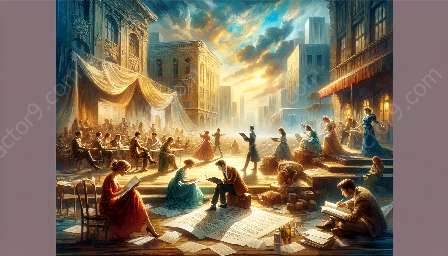When it comes to Broadway, the differences in staging between musicals and straight plays have profound impacts on the history and revivals of shows. Let's delve into the unique and essential elements of staging for both genres and understand how they contribute to the dynamic world of Broadway and musical theater.
Musicals
Musicals are a vibrant and complex form of theatrical performance that integrates storytelling, music, singing, and dancing. The staging of musicals requires a dynamic approach to incorporate various elements seamlessly. The set design, choreography, and special effects play crucial roles in creating an immersive experience for the audience.
Musical Staging Challenges
The staging of musicals presents distinct challenges compared to straight plays. The coordination of live musical performances with intricate choreography demands meticulous planning and rehearsal. Additionally, musicals often involve elaborate set changes and complex technical requirements, making the staging process more intricate.
Revivals in Musical Theater
Reviving a musical involves reimagining the original staging while infusing fresh creativity. Directors and producers carefully analyze the historical staging elements and seek ways to incorporate modern innovations into the revival production. This process allows for the preservation of the classic elements of the musical while adding new dimensions to captivate contemporary audiences.
Straight Plays
Straight plays, in contrast, rely primarily on the narrative and the actors' performances without the extensive use of music and dance. The staging of straight plays emphasizes the set design, lighting, and blocking to convey the storyline effectively. The focus is on creating an intimate and compelling atmosphere through the arrangement of space and movement of the actors.
Challenges in Staging Straight Plays
While straight plays may not involve musical elements, staging them comes with its own set of challenges. Directors and designers must carefully consider the spatial dynamics, lighting nuances, and prop utilization to bring the script to life in a visually engaging manner. The use of minimalistic staging can also pose creative challenges that require innovative solutions.
Reviving Straight Plays
Reviving a straight play involves revisiting the original staging concepts to evoke a contemporary resonance. The choice of set design and staging approach aims to honor the historical context of the play while embracing modern interpretations. This fusion allows revivals to breathe new life into timeless narratives and engage diverse audiences.
Impact on Broadway Show History
The distinctive staging differences between musicals and straight plays have significantly shaped the history of Broadway shows. The evolution of staging techniques, from classic musical spectacles to minimalist straight play presentations, reflects the dynamic nature of Broadway. Revivals serve as a testament to the enduring appeal of well-staged productions, breathing new vitality into beloved classics and introducing them to new generations of theater enthusiasts.
Conclusion
The exploration of staging differences between musicals and straight plays illuminates the intricate artistry and creativity involved in Broadway and musical theater. Understanding the unique challenges and opportunities in staging allows us to appreciate the diverse theatrical experiences that contribute to the richness of Broadway show history and revivals.





